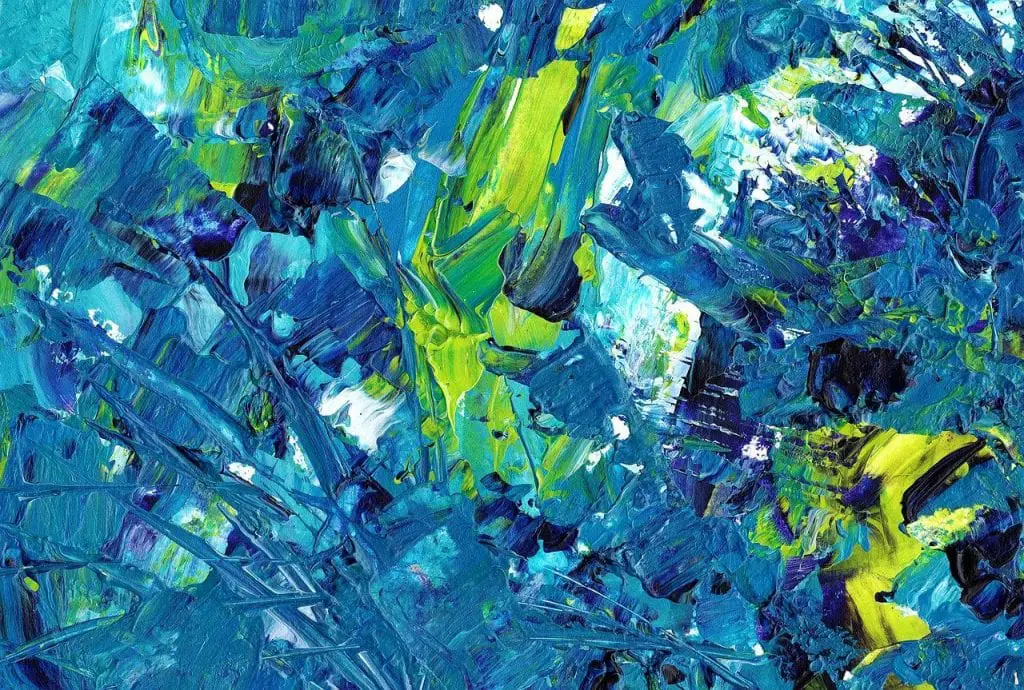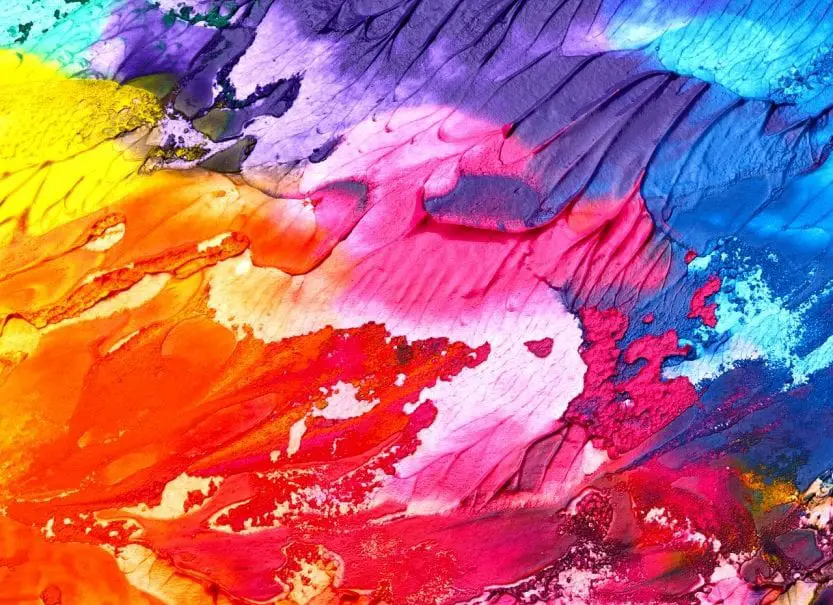The spectrum of colors is actually really huge. Our world has elements that have different colors—something that makes everything distinctly beautiful in their own unique way. Everything we see around us—be it the trees, the rivers, the mountains, or the concrete structures—colors that make them recognizable.
But did you know that each color that we see in our world has a symbolism? Whether it’s black, green, red, blue, yellow or any other color, there’s a meaning that each color holds. This is what is studied in color symbolism.
What is color symbolism?
Anthropology and art make use of the term “color symbolism” to refer to the usage of colors as a symbol of different cultures. Under both subjects, it is seen that there is a wide diversity of colors that are associated with different elements of cultures. Different colors are even used within the same culture prevailing in different period of time. One color many have quite different associations despite it being used within the same culture at any given point in time.
Diversity in color symbolism is seen because meaning and such symbolisms of color occur on individual, cultural and global basis. It’s also seen that color symbolism is dependent on context and is influenced by various changes taking place over time. In fact, it’s interesting to note that color symbolisms have been used in the context of religious concepts and objects since 90,000 BC.
Blue symbolism: What does it hold?
Color symbolism lays down the connotations of each color, but let’s talk about the color blue in this article. There’s a section of our society that claims that blue is their favorite color. In fact, it’s justifiable. For those nature-lovers out there, the color of the blue sky, the blue ocean, the blue birds and the blue panoramic mountains gives them a sense of peace. And guess what? Blue is rarely found in vegetables and fruits, besides perhaps blueberries.
Blue symbolism is often associated with stability, serenity, wisdom or inspiration. In the modern world, blue is the color of authority and heaven, corporate logos, and not to forget, denim jeans. It’s wet, cold, and slow—something that sets it apart from the fire, warmth and intensity of the color red. This is perhaps the reason why people love basking under the blue sky or swimming in the blue oceans. Psychologically speaking, it de-stresses and calms one down.

Blue symbolism in psychology is extremely positive. It’s considered the color of the spirit, and puts rest into effect. The color is seen to produce certain positive chemicals in the body that calms it down and makes one feel tranquil. It’s surprising to note that the color is capable of slowing down the metabolism process in humans. Not to forget, it can act as a good appetite suppressant. Given how relaxing the color is, it can lower blood pressure, body temperature and the heart rate. Some studies have even found that blue acts on the pituitary gland and enhances sleep patterns.
Blue symbolism as understood from different shades
Blue, like most other colors, has different hues and shades. Blue symbolism can be also be understood by looking at their associations. While some shades of blue mean steadfast and strong, others are friendly and light. Let’s take you through some associations and meanings of blue shades here:
- Dark blue: This shade of blue represents richness, elegance, old-fashioned, authority, trust, intelligence, knowledge, dignity, seriousness, power and sophistication.
- Light blue: This shade of blue represents infinity, serenity, peace, ethereality, understanding, spirituality, healing, honesty, softness and trustworthiness.
- Electric blue: Blue symbolism is about dramaticism, dynamism, and exhilaration.
- Bright blue: This shade of blue represent dependability, coolness, strength, and cleanliness.
- Royal blue: Royal blue symbolism is about creativity, superiority, and freedom.
- Azure blue: This shade of blue symbolizes determination, ambition and true contentment.
- Sky blue: This shade of blue represents fidelity, selfless love, helpfulness, healing and overcomer.
- Turquoise blue: Blue symbolism is about water, retro, sophistication, compassions, protection and sophistication.
- Navy blue: This shade of blue represents truthfulness, trust, confidence, authority, importance, stability, and unity.
Blue symbolism in different cultures and religions
As mentioned in the earlier section on color symbolism, different cultures made different associations with different cultures. Blue symbolism too is different in different cultures and religions. The Greeks are of the belief that the color blue eliminates negative energy and the metaphorical “evil eye.” There’s a term in the English language, “feeling blue,” which means to feel low. Surprisingly, there’s no equivalent of this term in any other language.
In German, “blau sein,” which translates to “to be blue,” is used to mean to be drunk. “голубой” in Russian translates to light blue and is used to refer to a homosexual person. In Korea, dark blue represents the color of mourning someone’s death or a catastrophe. In Hindu Mythology, Lord Krishna’s skin color is blue, and this God is associated with tenderness, compassion, and love in India.
In China, different shades of blue are described as deep or shallow instead of dark or light. In Belgium, blue is associated with a baby girl, while pink is associated with a baby boy—something that’s contrary to most other color associations for the two genders of babies. Interestingly, the term “Prince Charming” is known as “The Blue Prince” in Spain and Italy.
Blue symbolism in spirituality
In the world of spirituality, people believe that the human body has seven chakras, which are main energy points. Starting from top to bottom, these chakras have the seven colors of the rainbow, namely violet, indigo, blue, green, yellow, orange and red. Red is the first chakra located at the base of the spine, while violet is the seventh chakra, located at the crown. The lower chakras are linked more to the physical body, while the upper chakras are linked more to the spirit.
Blue symbolism in spirituality is mostly seen in the fifth chakra, which is called the throat chakra, which controls your neck region and hands of the human body. It is the also the first spiritual chakra, and it controls human expression and communication. An open throat chakra is blue in color and allows us to express ourselves with truth and love. It makes us seen and heard. While the opposite happens when this blue chakra is blocked. A person with a blocked throat chakra becomes unable to communicate well or feels unheard.
Another chakra of the human body that shows blue symbolism is the sixt6h chakra, also known as the third-eye chakra. This chakra is indigo in color and is located between the eyes. This chakra is responsible for giving us imagination, wisdom and intuition. As a spiritual chakra, it’s a hue that combines violet and blue, and helps us see beyond the material plane.
Blue symbolism in government and law enforcement
Blue is a color of organization, conventional wisdom and predictability. It also represents knowledge and expertise that one can trust. Blue symbolism in matters of government is about diplomacy. This is the reason why most diplomats are seen wearing blue suits or hold meetings and talks in blue rooms. Even law enforcement personnel are seen wearing blue uniforms given the masculine nature of the color—something that intends to make us feel protected and safe. The darker the shade of blue, the more authority it holds.
Blue symbolism and personality traits
There are many lovers of the blue color. Blue symbolism can be associated with the personality traits of these people. If you are one of them, then you are somewhat very cautious as a person. You refrain from taking spontaneous actions, and instead do something after much deliberation and thought. The lovers of the color blue has a somewhat exude a conservative vibe and are extremely dependable as human beings. They are trusting as well as trustworthy at the same time.
Self-control is one of the most important traits of a person who loves blue. Such people often like to spend their private time connecting with their inner self and listening to their instincts. For them, their intuition is the voice of the divine and they listen to it at all costs. They aren’t anti-social, but they are extremely intuitive and sensitive souls.
Blue symbolism in modern-day designs
Be it home décor or corporate logos, the use of blue is seen in many forms in present times. That’s because the color a distinctly stable and eye-catching character. It’s well-loved by many home décor professionals because of its versatility. It can suit almost any setting with great perfection. In fact in the Southern United States, blue is used by many homeowners both indoors and outdoors to enhance the visual appeal of their spaces. The lighter blue shades of these homes give an optimistic and youthful look, while the deeper ones make them look traditional and serious.
Blue symbolism is really an interesting subject to delve into. If you can relate more with this color, then you should definitely read more about it. Consider exploring areas that feature more blue, get your walls painted blue, or spend some time on the beach or under the sky. You will definitely love its tranquil character.




